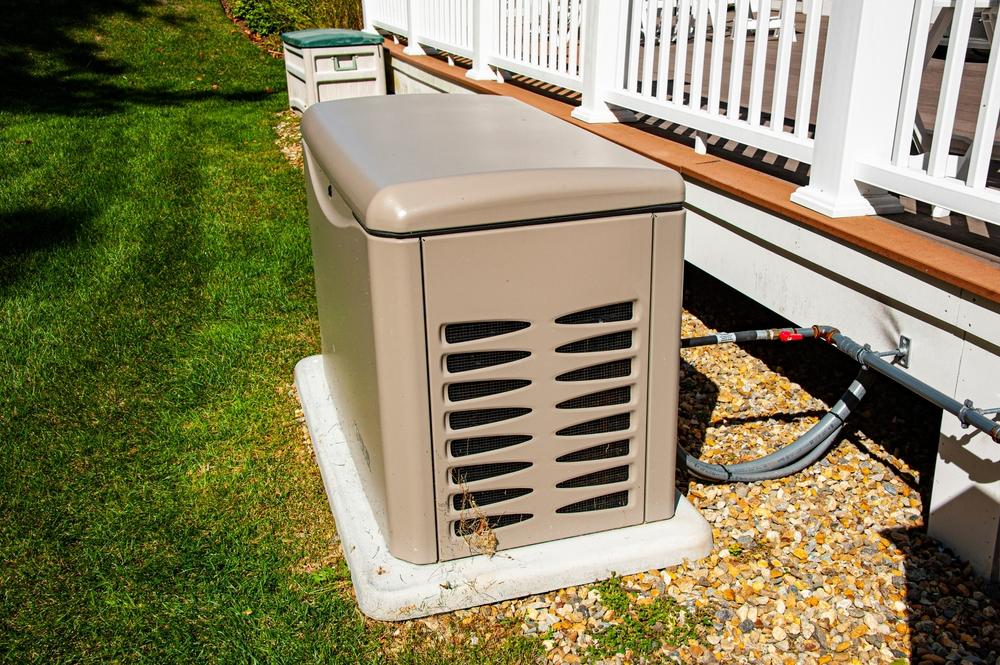Almost everything in our civilization is electrically powered: lighting, entertainment, communication, security, heating/cooling, cooking, food refrigeration, finance, medical facilities, etc. Since we rely on electricity, we can’t live without it.
But every year, millions of households and businesses are affected by power outages, from just a few seconds, requiring the resetting of digital clocks, to outages that last for days or weeks. Most often, these power outages result from inclement weather, which means that the power goes out at the worst possible time—hurricanes, heat waves, windstorms, and ice storms all create an uncomfortable and sometimes dangerous home environment.





